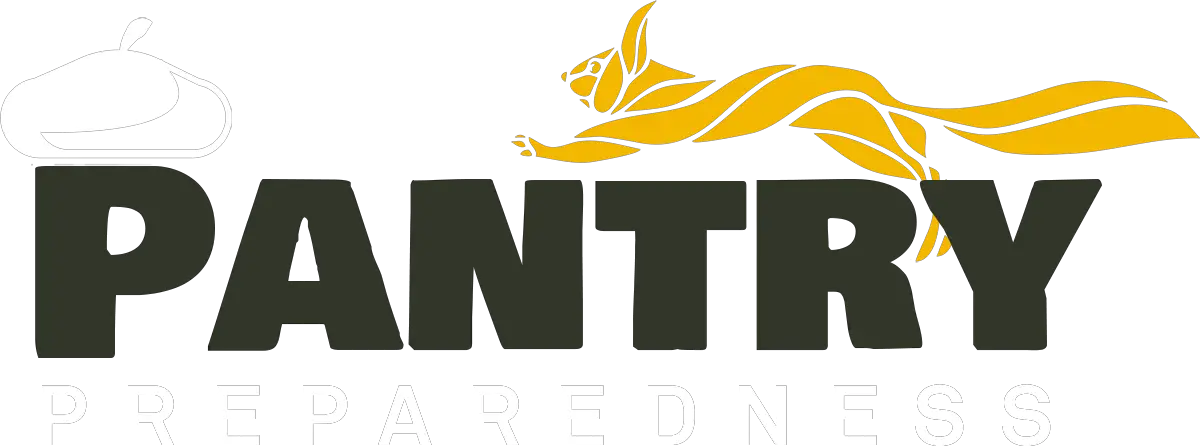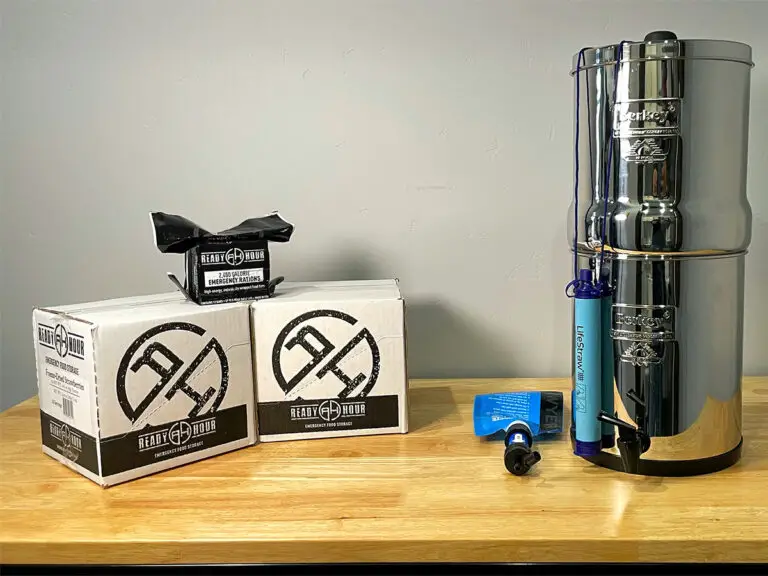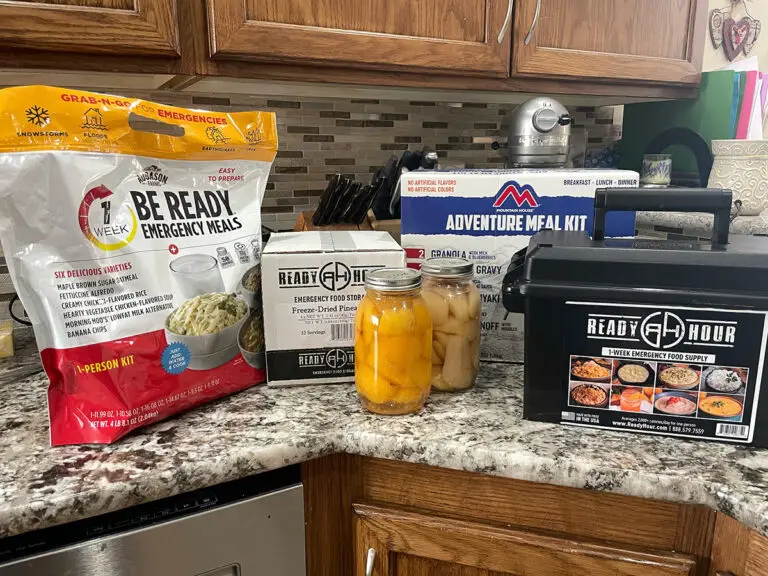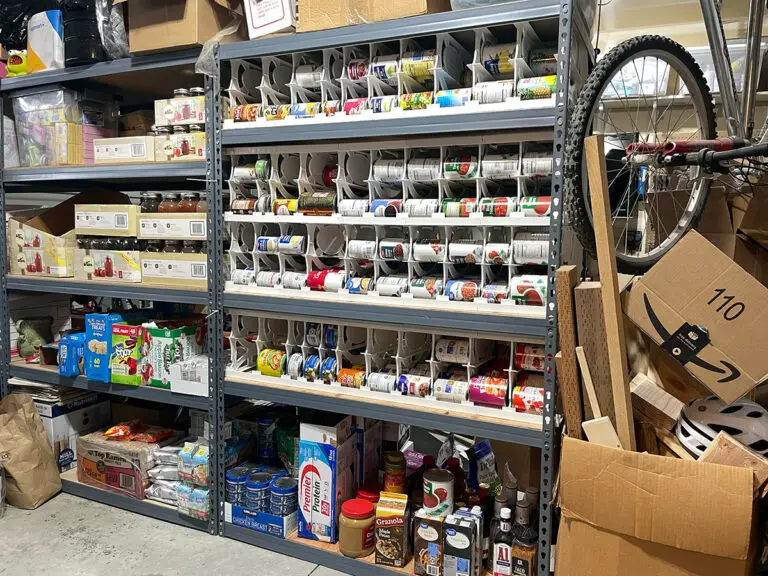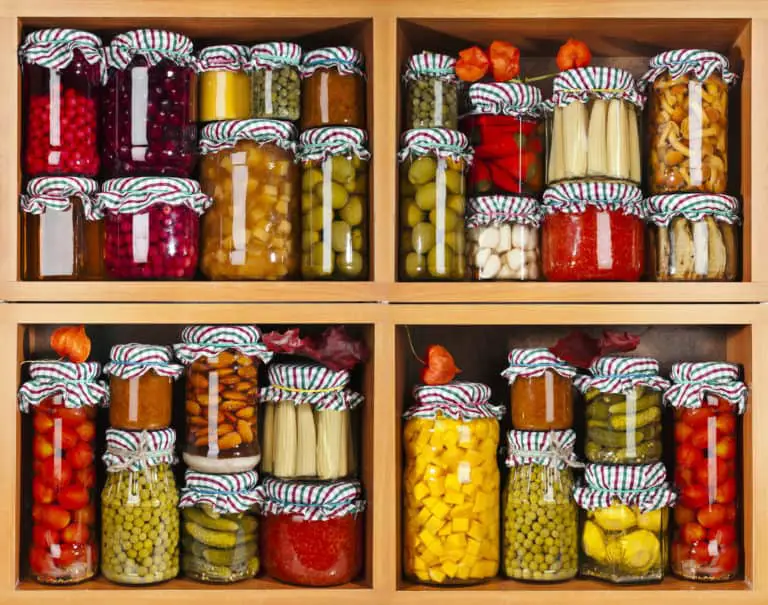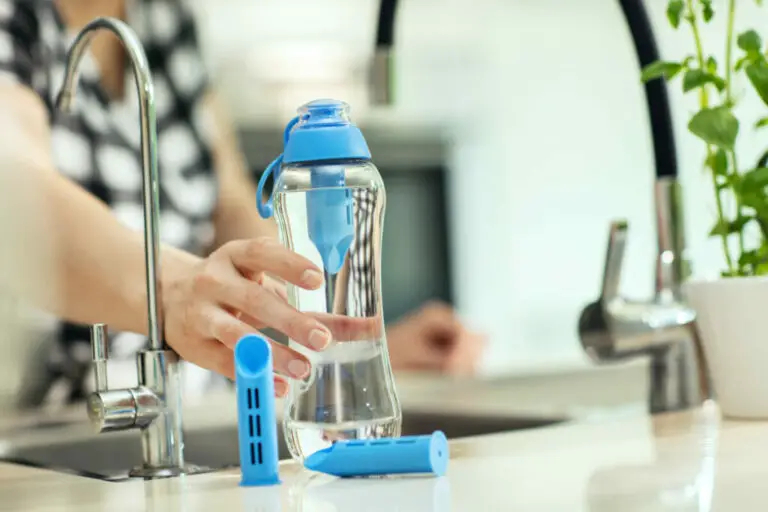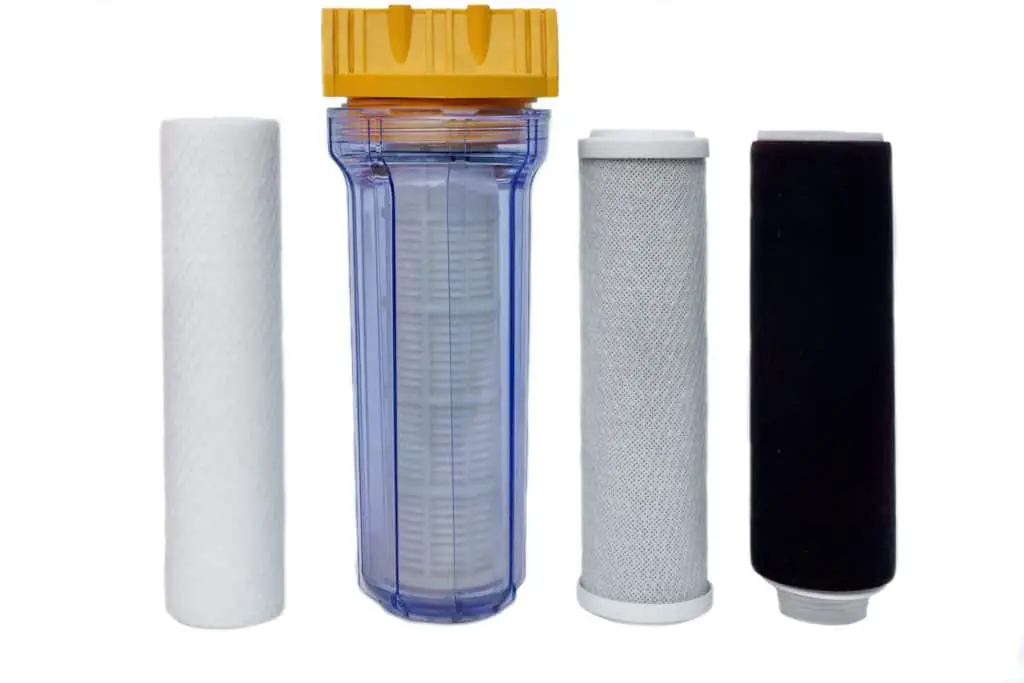
Storing food provides security to families and individuals, but sometimes an important element is left out. Water.
Water is key to human survival, so storing it along side your food is completely necessary. Since we use so much water, knowing where to start can be daunting.
Don’t worry, here we will give you the basics for starting successful water storage.
How Much Water Should I Store?
It is recommended that you store at least 1 gallon (3.78L) of potable water per person, per day. Half of that being drinking water. Half for cooking and personal use. 1 gallon per person, per day will ensure survival, not comfort.
| Gallons Needed Per day (per person) | Needed per Week | Per Month |
| 1 | 7 | 28 |
| 2 | 14 | 56 |
| 3 | 21 | 84 |
| 4 | 28 | 112 |
| 5 | 35 | 140 |
| 6 | 42 | 168 |
This chart shows the minimum amount of potable water you will need to sustain up to 6 people.
For the sake of comport, I recommend storing an extra gallon (per person) for every time you want to shower. If you want to shower once a week, plan an extra gallon for yourself every week. (you get the idea)
Water Storage For Beginners
Now that you know how much water you will need for your situation, it is time to make a plan. There are many ways to save water even if you don’t have a lot of time or a lot of space.
Store Disposable Water Bottles – If you aren’t on a strict budget, this is a great way to store water. It has been professionally packaged which will allow you to store it a little longer.
Every time you go shopping pick up a case of water that is specifically for storage purposes. Write the date on the package so you know when it was purchased.
***Storage Hack** Don’t have a bed frame? No problem! Build a frame using packaged water bottles!
Store water in empty soda bottles – This method works for a lot of people especially if they are just storing for themselves. (or if there is not a lot of space)
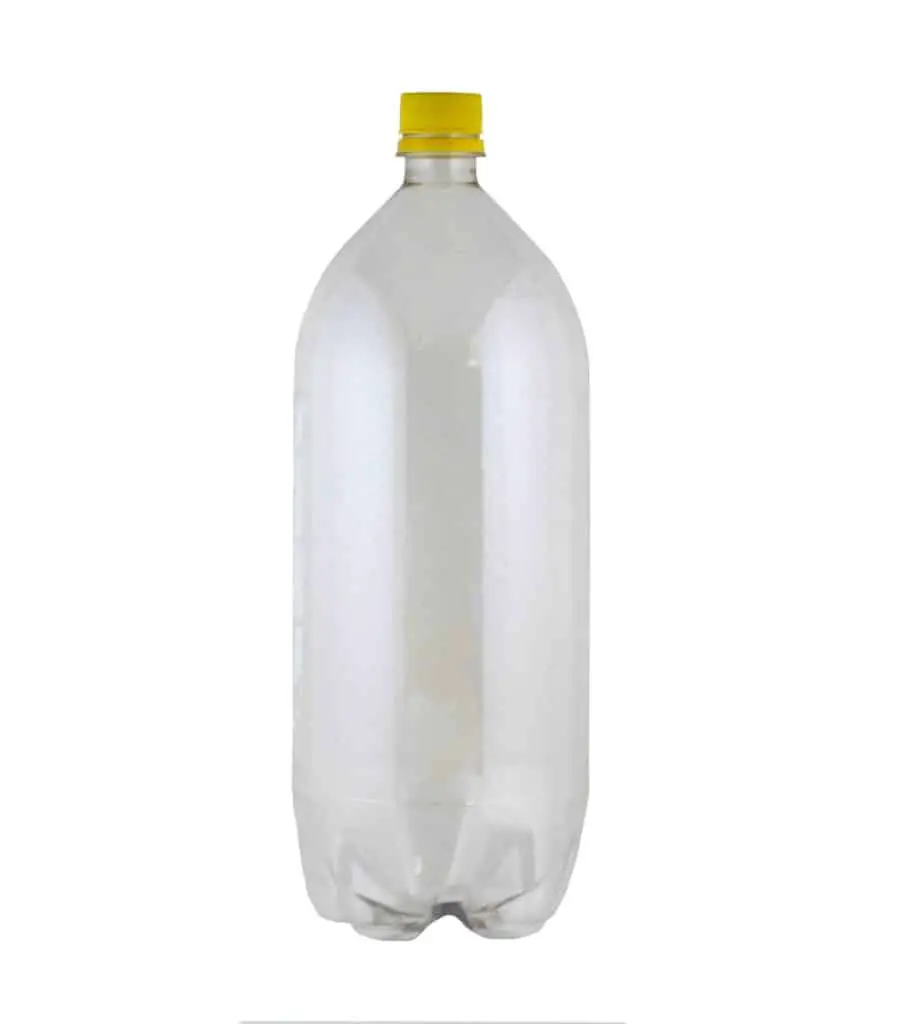
If you are a soda drinker, or you know someone who is, every time you empty a
You may find that this method does occasionally cause the water to take on a hint of soda flavor, but that is fine,
(The same can be done in any strong reusable container.)
5 Gallon Outdoors Containers – These containers can be used to store larger quantities of water and are great if you have a little more space.

50 Gallon Water Tank – These tanks are great for storing water and are smaller than you might think. If you can make a little bit of room in your garage, this is a great way to store larger quantities of water.
Typically these tanks can be stacked 2 high, which saves even more space. Here is a great tank on Amazon.
Water: What is the Shelf Life?
There is not one answer to this question, there are many variables that can play into the length of time water can be stored.
In areas where it is possible, rotate your water storage every 6 months to a year. If you use the soda bottle method or any other method where you have packaged the water yourself, frequent rotations are necessary since they were not professionally packaged.
Water by its self does not “go bad.” The reason water becomes rancid is because of contaminants in the water. The treatment process and storage method you use will significantly impact the storage life of your water.
Water Rotation
The easiest way to remember to rotate your water, is to choose 2 months, (like April and October) that are equidistant from each other. Rotate the water anytime during those months.
Rather than dumping all of your water down the drain, use it to water any grass or plants you have.
Save the bottles, wash them out (especially the inside of the lids) and refill them.
Potable vs. Non Potable Water
All of the water storage we have discussed so far have been surrounding potable water. It is critical to understand the difference between potable and non -potable water.
Potable water is defined by the CDC as water that is safe to drink, to cook and to use for personal care. (Face washing and brushing your teeth.)
Potable water is the most important storage item you can have. Humans can only survive short periods of time without drinking water. Even food comes second to potable water.
Non-Potable water is water that should NOT be used for drinking, cooking or personal care. But is good for things like washing clothes, cleaning your living space and watering plants.
Both types of water are extremely useful and important. Often times, potable water can be used, and recycled into non-potable water in extreme circumstances.
Storage of potable water should be treated very carefully since that is the water you will consume. Non-Potable water may be easier to maintain and collect.
Safe Water Practices
When it comes to actually using the water you have collected there are different methods you can use to make sure you water is as clean as possible for consumption and use.
Water Purification Tablets– Water purifying tablets were made for camping and hiking in the event you run out of water, however, they are extremely useful for home emergencies where there is no water in the house and you need to purify water. Carefully follow the directions on the bottle for proper use.
Bleach or Iodine– Most likely, water purification tablets use a similar method (maybe even the same chemicals) to remove the toxins from your water. If you use either of these chemicals, you will want to do so with care.
Over consumption of these products can cause severe injury or death.
Make sure the bleach does not contain soap, or other fragrances. According to the Washington State Dept. of Health, adding 1/4 teaspoon of 5.25%-8.25% bleach will purify 1 gallon of water.
Boiling – Boiling is a great way to purify water without the use of chemicals. Allow the water to be at a full rolling boil for 10-15 minutes. Be aware that the water may have an odd taste, that is simply because the boiling process removes the oxygen.
Shaking the water will re oxygenate the water. If it still tastes slightly off add a tiny (tiny) pinch of salt and shake the water again.

Water Filter – Personally, this is the way I will go, it is simple and easy. Water filters can be quite expensive, but the benefits are great. There are water filters built into the lids of water bottles, you can find filtered straws, filtered pitches and many other filters.
Water Collection Methods
Lastly collecting water is key to having a good water storage. 99% of the time, the water you collect will be water that is not potable, but in an extreme situation, this water could be filtered and cleaned to be consumable.
Having a rain barrel under your rain gutter is a great way to go. I have seen many instances where extremely large tanks of water have been filled by rainfall, and even if you don’t use the water for an emergency, it could be used to water your yard and garden, saving you a hefty chunk of your water bill.
Start finding ways you can begin your water storage today. It having water in a time of need will remove a lot of stress.
